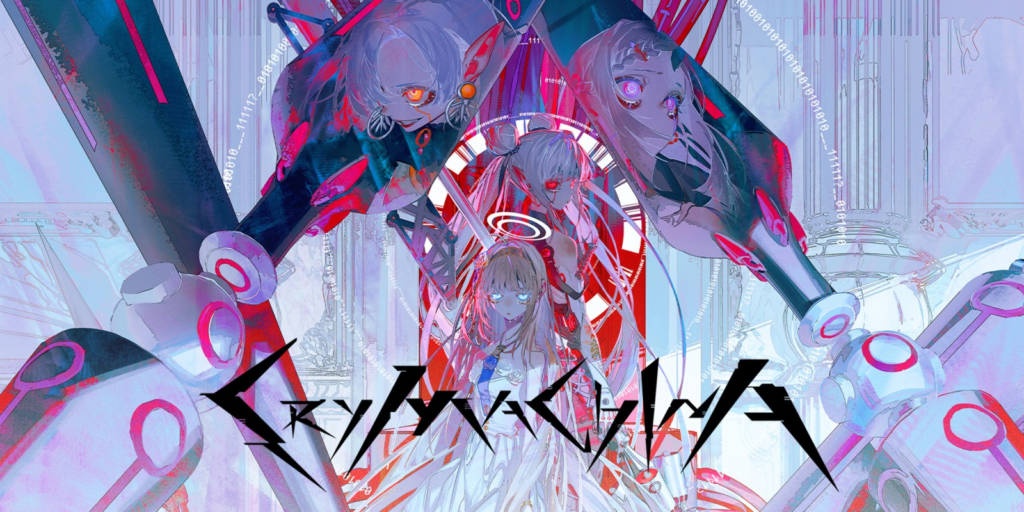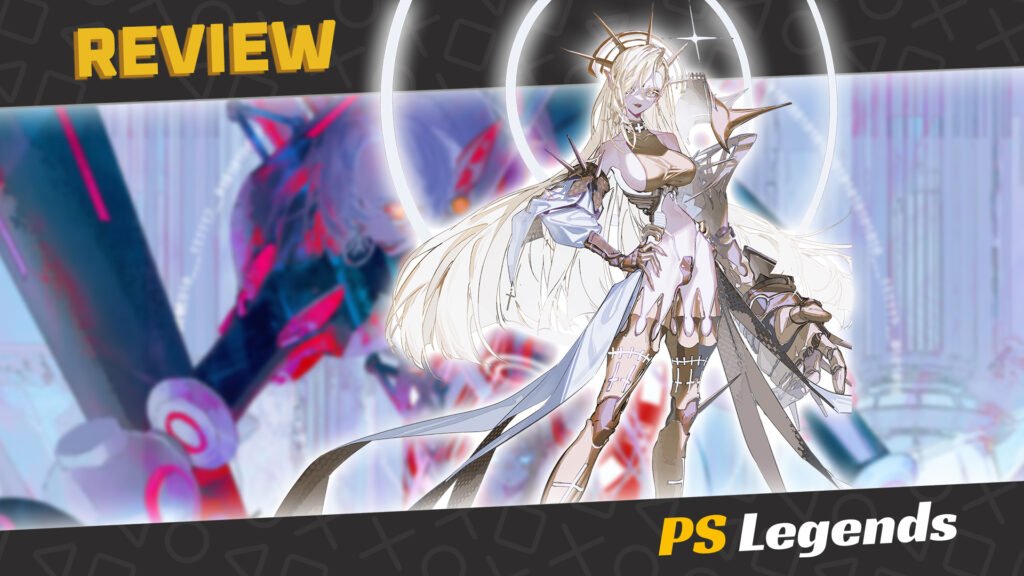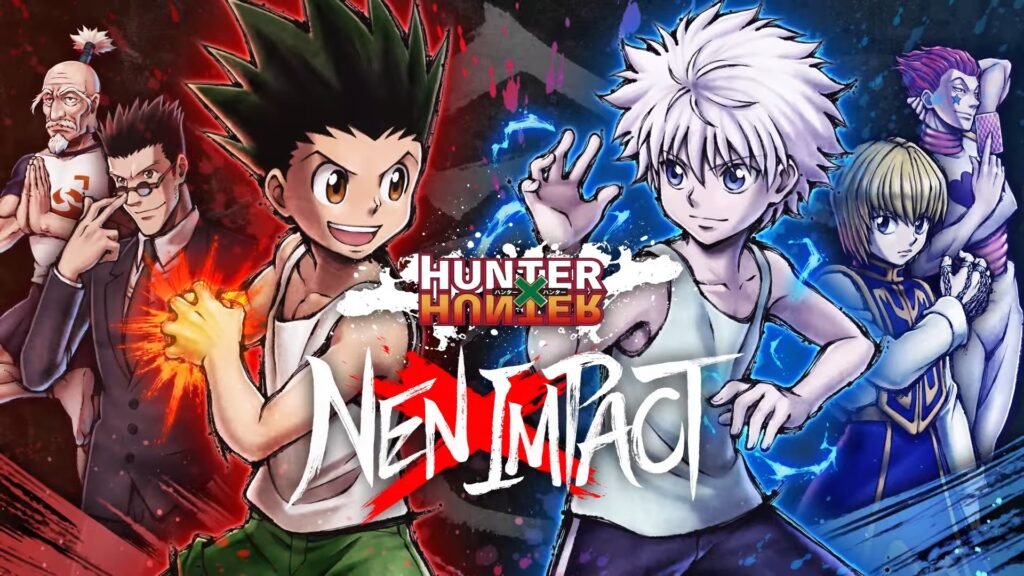I was pretty disappointed I couldn’t get hold of FuRyu’s new android-girl hack-and-slash JRPG, CryMachina, as early as some others, and it seems I’m not the only one, with several reviewers allegedly basing their opinions on the 2-hour-long playable demo alone. To be fair, it is a great demo, which certainly highlights the best of what CryMachina has to offer, but there’s much more to the full game that buyers really need to know. If you want something done right, you have to do it yourself.
On This Page

Introduction
Reviews, at least at the time of writing this, have been rather mixed, which isn’t unsurprising considering CryMachina is a love letter to one of 2017‘s unexpected masterpieces, the absolute gem that is NieR: Automata, and as such, will be compared to it. Yes, don’t let the ‘Cry’ in the title mislead you. CryMachina has nothing to do with its predecessor, that odd-looking, labyrinthine JRPG, Crystar.
CryMachina may not have NieR: Automata’s expertise or larger budget, but the hefty number of similarities in the gameplay and story are surely a testament to FuRyu’s smart approach to working its budget, yet the differences between the two games will be a deciding factor in their individual identities. We all already know NieR: Automata deserves your attention, but will CryMachina carry as much weight?

Story
Nothing spoils your day quite like dying horribly. But what if death wasn’t the end, but rather just the demise of our organic form. A melancholic, world-weary 17-year-old girl named Leben Distel is about to start her second life as a memory, a program, and a glorious machine.
Leben hates the world and everyone in it, or at least she claims to. It might just be the edgy teen angst talking. Yet as she enters her final moments, succumbing to the new pandemic plaguing humanity which causes paralysis and eventual death, Leben begins to cry, not wanting to give up on life just yet.
2,000 years later, Leben gets her wish, awakening as a digital mind inside a robotic body. Guided by a robotic AI named Enoa, Leben soon learns that the end of humanity happened not long after her death, partly due to the disease but mostly due to war over a scarcity of resources.
In one of the last acts of the dying human race, they created a vast structure in space known as Eden. Outfitted with eight self-evolving artificial lifeforms known as Deus Ex Machina, each with specific roles, the hope was that they would be able to restart humanity using their combined knowledge and advanced technology to remove our physical flaws.
Sadly, things don’t always go according to plan, as progress has been minimal over the last 2,000 years. The first Deus Ex Machina of Eden has vanished, and the others have begun fighting with each other. To try to stop the fighting, Enoa, the eighth and youngest Deus Ex Machina, has reconstructed the minds of three young women and placed them into mechanical bodies, known as EVE units.
AIs can’t disobey ‘true humans’ and so Enoa hopes that her three young EVEs, Mikoto, Ami and now Leben, will become human enough to stop the others from fighting. The trio will need to fend off attacks from robots commanded by the other Deus Ex Machina while hopefully gaining enough experience to display their humanity convincingly.

Gameplay
CryMachina has some fascinating worldbuilding, bookended between ‘tea-party’ team brief cutscenes and charming character developments. You’ll be playing as one of the three EVEs and must fight your way through short dungeons which usually end with an epic boss fight.
Dungeons are incredibly atmospheric and really help deliver that feeling that you’re largely alone in a dark, empty space station. You’ll encounter enemies regularly which you’ll need to destroy to gain ExP points which level-up the relevant character, slightly boosting their stats.
You have a regular attack, an auxiliary weapon above each shoulder which you can individually activate, as well as the ability to dodge and block incoming attacks. You can also get Enoa to activate certain skills such as the ability to ‘Awaken’, which will increase your stats for a short time.
As long as you spend a bit of time levelling up, the majority of fights aren’t too difficult, or at least that’s what players will assume from only playing the demo. After around maybe 4 hours, the difficulty absolutely skyrockets, but when you look closer at why this happens, you might not like what you find.
The dodge and parry system is fine, though it will take a little getting used to since the timing window for each boss’s attacks differ from the previous. Pulling off a perfect dodge causes a stylish moment of bullet-time slowdown and allows you a brief window to counterattack, while parrying an attack is gloriously satisfying, allowing you to drop even the most intimidating mech to its knees for a few seconds.
Where the system breaks down is when the enemy damage output and window doesn’t behave as it should. When your life-bar starts taking damage even before the enemy has charged up their attack and you’ve had a chance to block or dodge accordingly means there’s a major performance shortfall here, and surviving certain battles soon becomes a case of getting ‘lucky’ rather than getting ‘good’. Casual difficulty mode is no help either. It’s still every bit as frustrating and broken. There’s definitely nothing ‘casual’ about it.
Yes, I’m afraid the cheap hits become more common the further you get with the game. When enemies detonate explosions behind you which you weren’t even aware of is unfair enough already, but when you add massive splash-damage to these and an irregular damage output which is entirely capable of one-hit-killing even maxed-level characters, it becomes pretty clear the game is seriously broken, and pretty much unplayable in places. It’s a real shame since the game gets everything else pretty much spot on.

Graphics/Sound
For a game with serious gameplay shortfalls, it really looks great. The environments look superb, if a little samey, making use of shining metallic surfaces to reflect the limited neon lighting available. Though paths are rather linear, they’ll take you on grand, scenic routes throughout Eden, where you’ll constantly wonder what lies at the bottom of that chasm below, or in those out-of-reach passages in the distance.
It’s usually a 50/50 gamble with FuRyu games as to whether or not you get an English dub, and I’m sorry to say CryMachina didn’t make the cut. It’s a shame, since cutscenes are usually quite short which potentially makes for fewer expensive lines of dialogue, and yet it didn’t happen. The suitably futuristic music and ambient sounds do a satisfying job though.

Conclusion
It really is such a disappointment that the broken mechanics render the game so unplayable since you’ll likely never get to experience its respectable 25 hour runtime. Sadly, we’ll never know the roles or agendas of the Deus Ex Machina opposing you, or indeed the outcome of this fascinating story. Points for style and presentation, but does it even matter when you can’t make any substantial progress?
It’s not exactly a terrible game; Saying so would be a discredit to the effort put into the production values. It’s interesting, pretty, even fun for a while, but it’s also very, very broken. So, how do we even begin to score this thing? I suppose the only fair way is a score based on the amount of the game you’re likely to see, which sadly, isn’t very much at all.
Joys
- Intriguing concept and world
- Fascinating story
- Charmingly human characters
Cons
- Out-of-sync combat actions and damage accumulation
- Unstable enemy damage output spikes
- Unplayable once the bugs start building up



